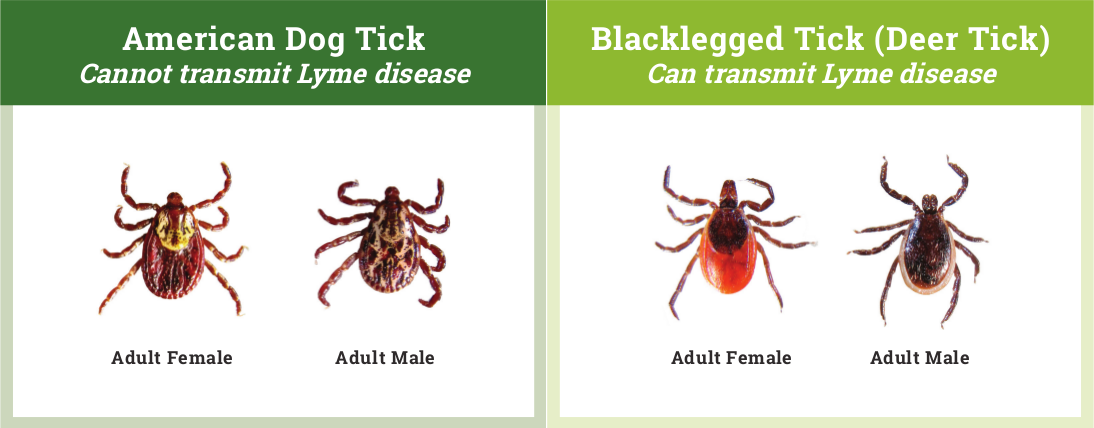With the arrival of spring weather, more people are starting to go for walks outside. It’s a good time to be reminded that it’s also tick season and tick bites pose a risk of tick-borne illnesses, like Lyme disease.

According to a veterinary researcher, a number of tick species become active this time of the year once the snow has melted. Ticks become very active in the months of May and June and taper off in July, University of Saskatchewan veterinary researcher, Maarten Voordouw said.
The American dog tick, also known as Dermacentor variabilis, is the most common tick species in Saskatchewan and it thrives in areas of high grass.
“If you are walking through the prairies in that kind of grass where the ticks hang out, they’ll attach to you and try to take a blood meal from you,” Voordouw said.
Voordouw and a team of researchers from the U of S Veterinary Microbiology department, in collaboration with researchers from Bishop’s University in Sherbrooke Quebec, launched a tick surveillance program called eTick to monitor ticks in Saskatchewan.
The program is a continuation of the ministry of health and provincial government’s tick monitoring program which has been around for over a decade.
The program invites people who are bit by a tick to send photos of the insect, using the eTick platform, for identification and health information on the possible risk of developing an infectious disease.
“What’s important to remember is that different tick species transmit different diseases, that is why if you are bitten by a tick it’s very important to know what tick bit you because that will determine whether you have the risk of developing Lyme disease or something else.”

Taking Precautions

Get weekly health news
While ticks take a minimal amount of blood — far too small an amount to kill a person or a dog — they are significant from a public health perspective because they can transmit disease.
They can contain bacteria, viruses or protozoan parasites that can cause disease in the host — human or animal — they are feeding on.
Voordouw suggested dressing appropriately is the best way to deter ticks. That includes wearing long pants tucked into your socks to reduce the risks of tick bites when out for walks in paths and fields.
Voordouw says ticks in the grass tend to grab onto a passing person around the ankles or legs, so if you are wearing long pants they have to spend a longer time walking over you to find a patch of skin to bite, giving you the chance to find them and remove them first.
He also suggested the use of tick repellents, to be sprayed on your socks or legs, for added protection.
As for dogs, Voordouw recommends the use of oral tick medicines, in consultation with a veterinarian.
What to do if bitten by a tick
“If you come back and find that a tick is attached to you, don’t panic, get a pair of tweezers and remove the tick by holding onto the head — you have to get a good grasp of the head — and then pull the tick out,” Voordouw said, adding the process is the same if the tick is on your dog.

He said that once you get home from your walk, it is important to inspect yourself.
Take a shower and then use a mirror to look in all the hard to find spots, because ticks are a little devious and tend to attach themselves in less obvious places like inside armpits, behind the knees, behind the ears or on top of the head.
Lyme Disease
Lyme disease is transmitted by a tick species called the black-legged tick, which, though not very common in Saskatchewan, do occur, Voordouw said, adding they are found mostly in eastern Canada.
In contrast, however, the American dog tick, which does not transmit Lyme disease, is very common in the province.
However, Voordouw said there is a possibility of being bit by the black-legged tick or a new aggressive species that could be introduced into the environment.
Can ticks transmit coronavirus?
According to Voordouw, no one has looked into the possibility of ticks spreading coronavirus yet, but it’s not something people should worry about. He says pathogens that can be transmitted by ticks or mosquitoes are usually highly specialized to be able to do that.
“Things like influenza or coronavirus are respiratory viruses and they can’t all of a sudden jump and be transmitted by ticks or mosquitoes. That’s a completely different lifestyle and a completely different set of adaptations. So, no, we do need to worry that it’ll be transmitted through ticks or mosquitoes.” Voordouw said.








Comments